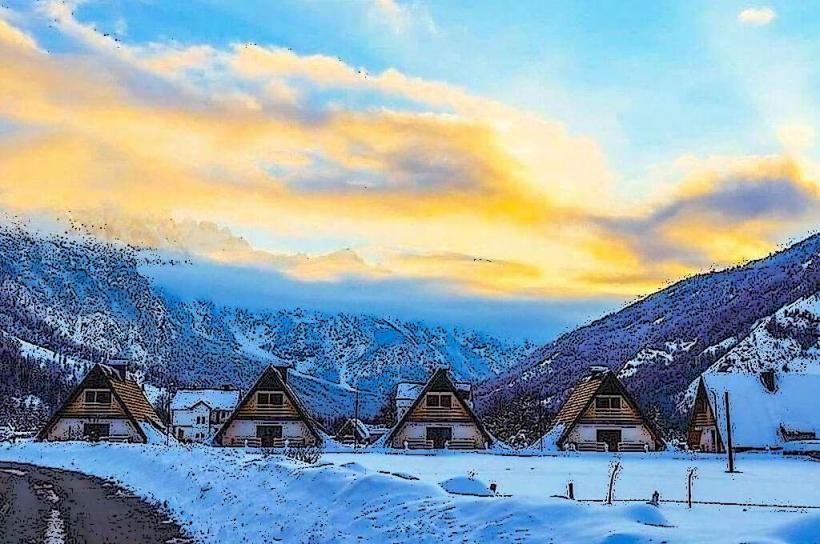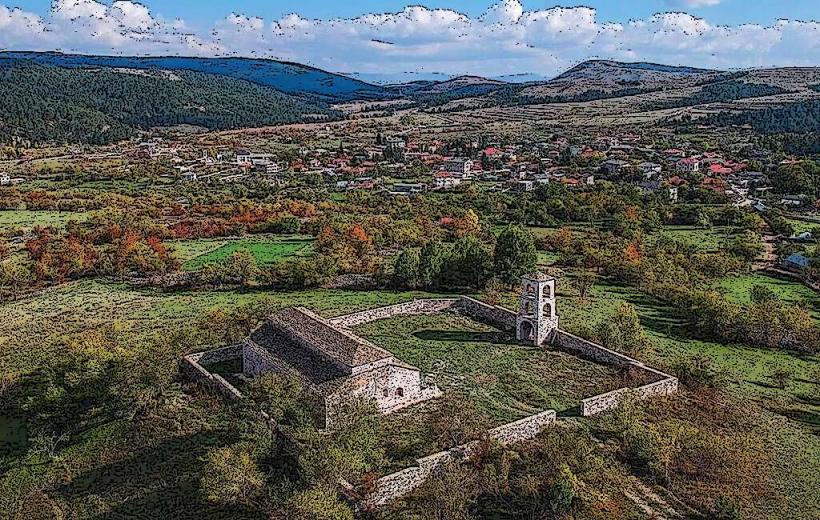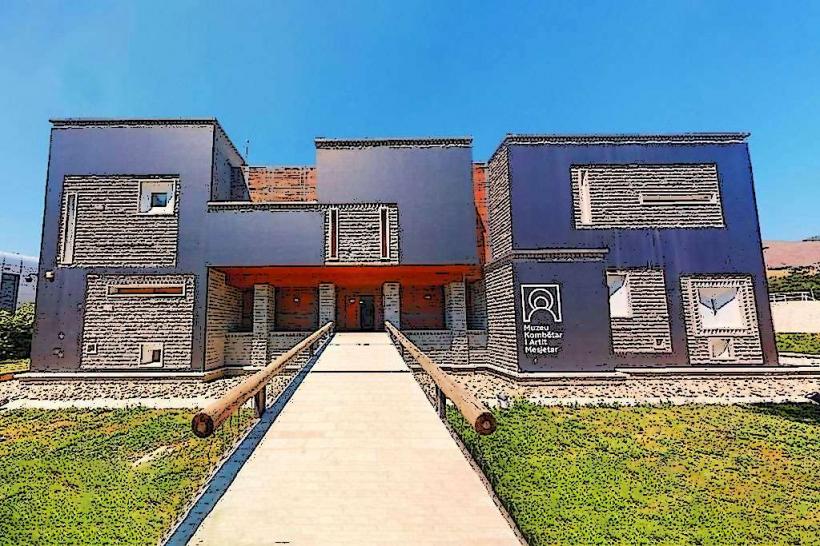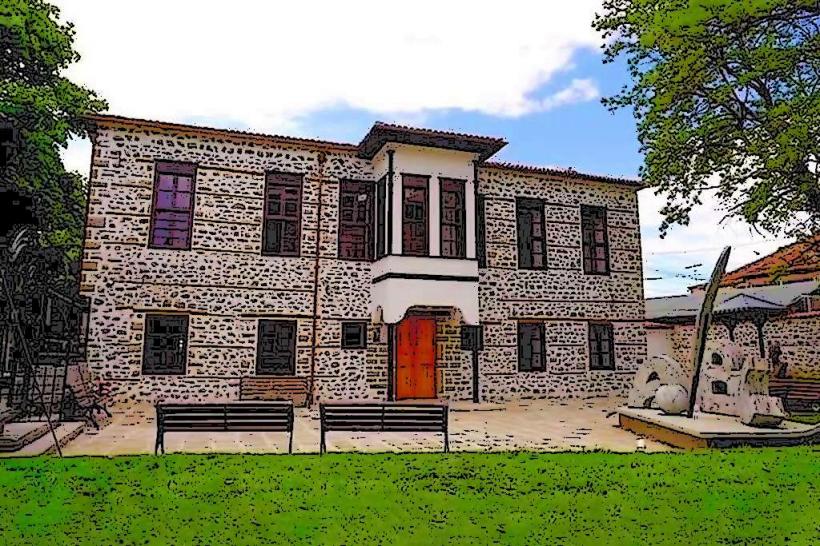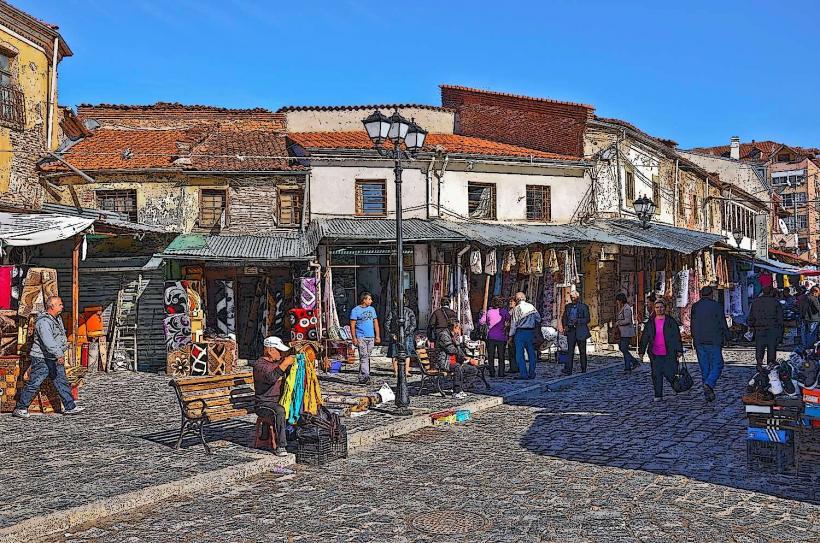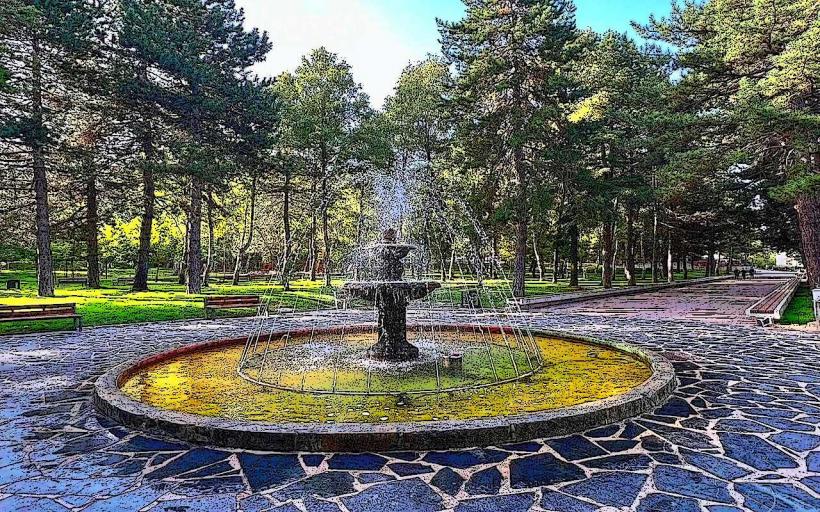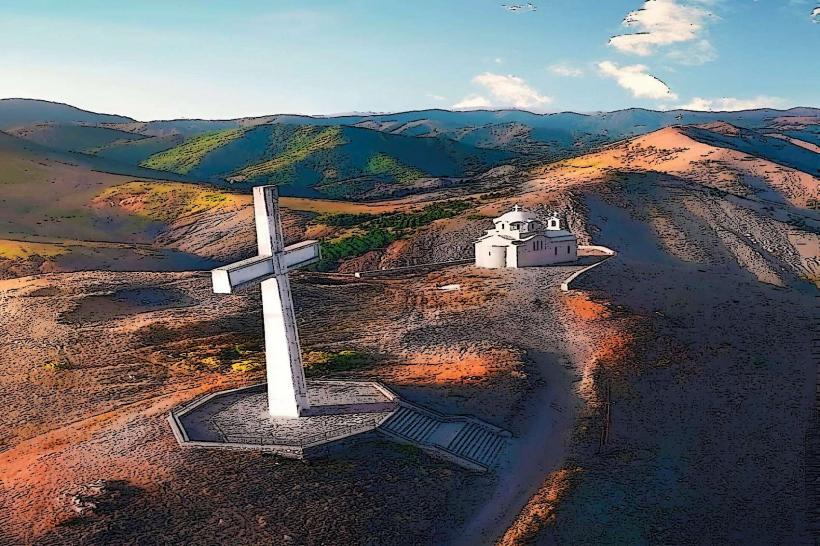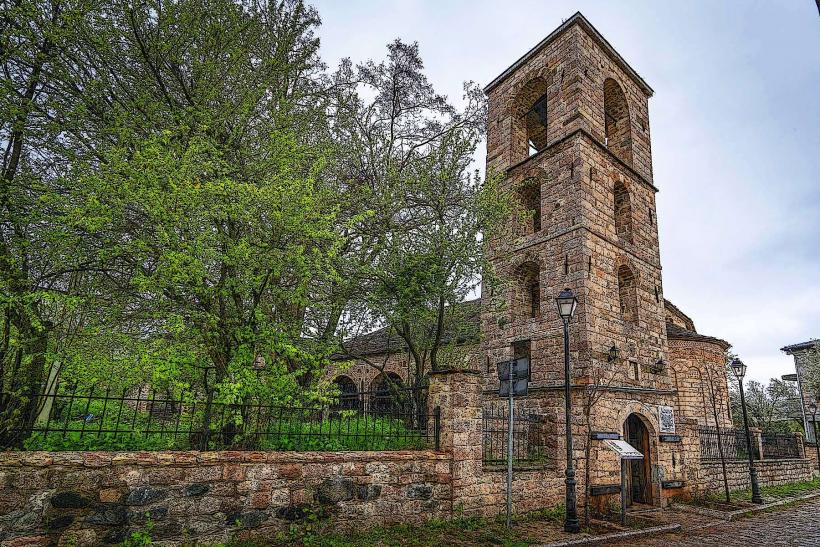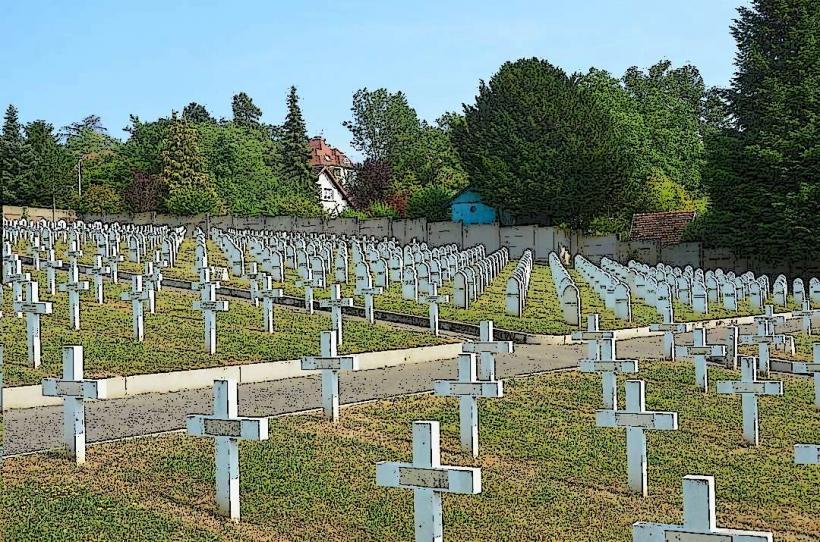Information
Landmark: Archaeological MuseumCity: Korce
Country: Albania
Continent: Europe
The Archaeological Museum of Korçë (Muzeu Arkeologjik i Korçës) is one of the most significant cultural and historical institutions in the city, showcasing the region’s rich archaeological heritage. Located in Korçë, southern Albania, the museum houses a wide variety of artifacts from different periods in the history of the area, particularly from ancient times through to the medieval period. It is a must-visit for history enthusiasts, offering deep insights into the ancient civilizations that once inhabited this region.
Historical Background
The museum was established in 1981 and is housed in a building that itself holds historical significance. Over the years, it has collected and displayed a diverse range of archaeological finds, shedding light on the development of human civilization in the region of Macedonia, Illyria, and Epirus, which were the dominant cultures in the area throughout antiquity and the Middle Ages.
Korçë's location at the crossroads of major ancient trade routes makes it an important area for studying the ancient history of Albania. The artifacts on display at the museum reflect the region’s historical importance, which spans Prehistoric, Greek, Roman, Byzantine, and Ottoman periods.
Museum Exhibits
Prehistoric Artifacts:
- The museum features a collection of Prehistoric items, including tools, pottery, and remains from Neolithic settlements. Many of these artifacts were found in the ancient settlement of Nezir, just outside Korçë, and provide evidence of the early human presence in the region.
- Items such as stone tools, weapons, and ceramics help illustrate the life of the first inhabitants of the area, who lived by hunting, fishing, and early farming.
Ancient Greek and Roman Artifacts:
- The museum’s collection includes numerous Greek and Roman artifacts, such as pottery, coins, jewelry, and statues, reflecting the region’s involvement in the Greek and Roman empires.
- The collection also includes important inscriptions, some of which are written in ancient Greek and provide historical information about the culture and governance during the classical period.
Hellenistic and Roman Statuary:
- The museum displays several Hellenistic and Roman sculptures, such as busts and statues of deities, important figures, and local leaders. These pieces are significant for understanding the artistic developments of the time and the cultural exchange between the local Illyrians and the ancient Greek and Roman empires.
Byzantine Artifacts:
- The museum also features artifacts from the Byzantine period, including icons, religious artifacts, and pottery, which provide insights into the spiritual and daily life of the people in the region during the Middle Ages.
- Byzantine-era coins and ceramics showcase the continuity of the region’s civilization as it transitioned from the Roman to the Byzantine Empire.
Ottoman Period Exhibits:
- The museum's collection also includes objects from the Ottoman era, reflecting the region's long history under Ottoman rule. These include ceramics, textiles, and weapons, as well as documents and tools used during the time.
- Visitors can see examples of everyday objects that were used by people in Korçë during the Ottoman period, providing a glimpse into their daily lives.
Key Highlights
Mosaic of the Greek-Roman Period:
- One of the highlights of the museum is the mosaic that dates back to the Greek-Roman period. Found in the ancient site of Treni near Korçë, it is a remarkable example of Roman-era decorative art and is an excellent representation of the region's artistic and cultural connections to the broader Mediterranean world.
Funerary Monuments:
- The museum houses several funerary monuments and tombstones that date from the Roman and Byzantine periods. These inscriptions provide important details about the lives and customs of the people who lived in the area, as well as the burial practices of different cultures.
Ancient Coins:
- The collection of ancient coins in the museum offers a fascinating insight into the economy and trade networks of ancient Korçë and the broader region. These coins, made of bronze, silver, and gold, were used by the Greek, Roman, and Byzantine empires and feature images of rulers, gods, and symbols of the time.
Museum Architecture
The museum itself is housed in a relatively modest but historically important building. While it is not one of the city’s grandest structures, the museum's simple architecture complements its focus on historical and archaeological objects. The building is spacious enough to house both the permanent and temporary exhibits, and it provides a comfortable environment for visitors to explore the various displays.
Visitor Information
Location:
- The Archaeological Museum of Korçë is centrally located in the city, making it easily accessible for tourists. It is situated near other important cultural landmarks such as the First Albanian School Museum and Parku Rinia.
Opening Hours:
- The museum is typically open every day, except on Mondays. It is advisable to check in advance for specific opening hours during holidays or special events.
Entrance Fee:
- The museum charges a small entrance fee, making it an affordable cultural experience for visitors. Discounts may be available for students, groups, and children.
Guided Tours:
- Guided tours are available in Albanian and English. These tours provide a detailed explanation of the artifacts and their historical significance, making the experience more engaging and informative.
Why Visit the Archaeological Museum of Korçë?
The Archaeological Museum of Korçë is a fantastic opportunity for visitors to delve into the rich history and culture of southern Albania. With its diverse range of exhibits, including artifacts from the Prehistoric, Greek, Roman, Byzantine, and Ottoman periods, the museum provides a comprehensive overview of the region's cultural heritage. Whether you are a history enthusiast, an archaeology lover, or simply curious about the history of Korçë, this museum offers an informative and engaging experience that is not to be missed when visiting the city.

